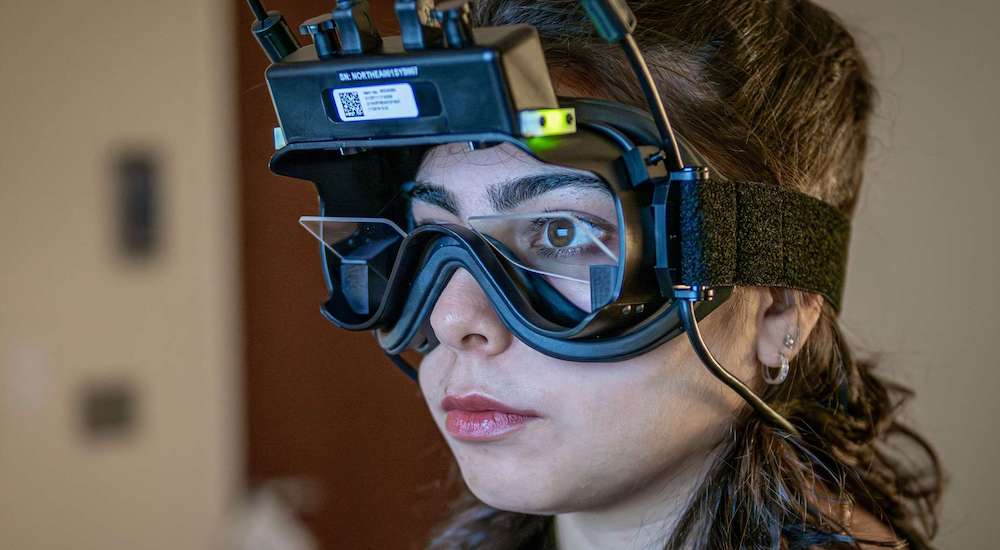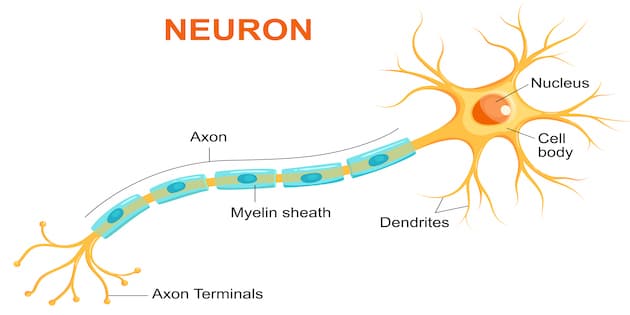Tinnitus and speech-in-noise understanding
Tinnitus
A group of researchers mainly in Antwerp, Belgium recently published an article on their findings concerning audiological characteristics in noise-exposed adolescents with and without noise-induced tinnitus.
The researchers carried out the study because there is controversy on the underlying condition of young adults with normal hearing thresholds and noise-induced tinnitus due to leisure noise. Animal studies have shown subclinical neural damage but the situation in humans remains unclear. 87 young adults with a history of recreational noise exposure were included in the study and a range of hearing and other audiological tests were performed. Nineteen of the participants reported noise-induced tinnitus (NIT) caused by recreational noise exposure, and their measures were compared to the non-tinnitus subjects.
The findings were published in the journal Frontiers in Neuroscience (online June 9, 2016) and showed that people with tinnitus had decreased speech-in-noise reception. Tinnitus subjects had significantly worse speech reception in noise than non-tinnitus subjects for sentences embedded in steady-state noise (mean speech reception threshold (SRT) scores: 5.77 dB SNR vs 6.90 dB SNR). There were, however, no differences between the participating adolescents with and without NIT regarding audiometry, otoacoustic emissions, and auditory brainstem responses.
The authors conclude that speech-in-noise testing can be considered a reliable and clinically feasible method of assessing noise-induced damage in patients with normal peripheral function but with NIT.
Source: Gilles, A, et al. Decreased speech-in-noise understanding in young adults with tinnitus. Frontiers in Neuroscience 2016;10:288.



